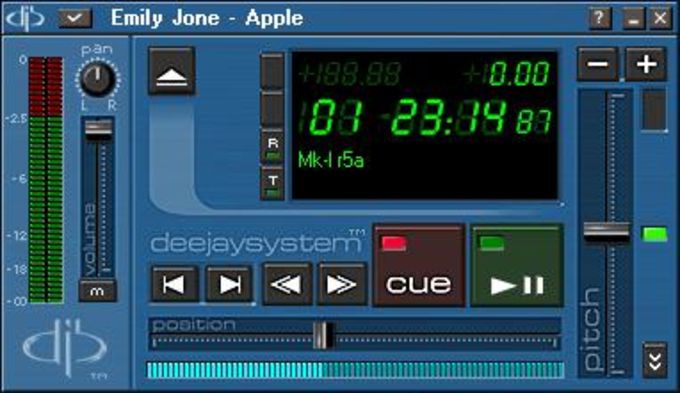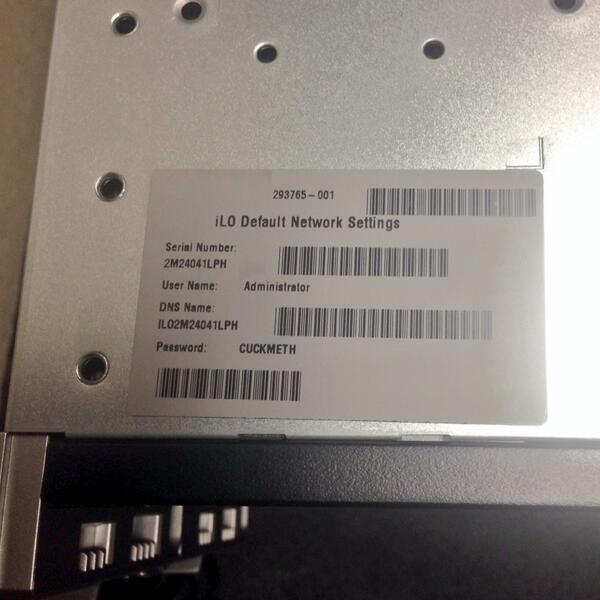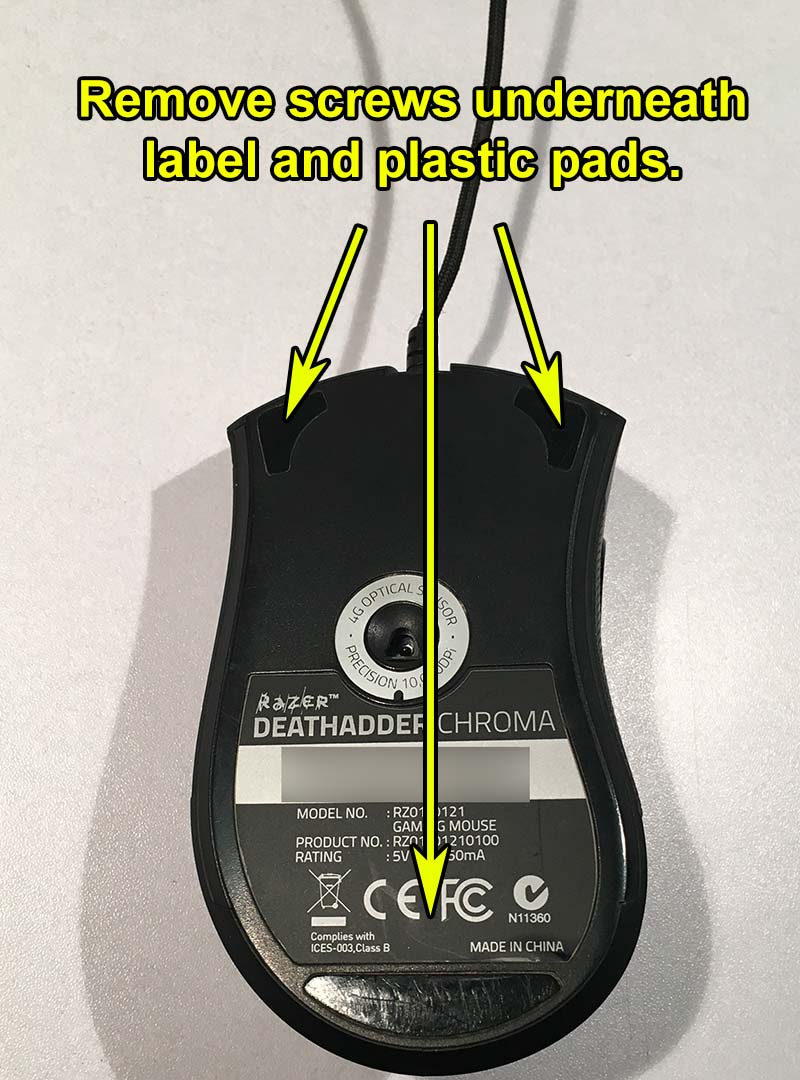
The first pitch variable turntables you would recognize as “DJ quality” came out in the mid-60s, but they were used mainly by radio stations and transcription services. For a good 70 years, whether you were playing music for people in a nightclub or in a radio station, you were mostly playing songs end to end and doing a simple fade between them. It’s lasted so long because DJing didn’t change much between 19. If it’s so antiquated, why has it lasted so long? They were both a means to an end at a time when the most important thing was what was playing – not how. Neither idea was chosen because it was the best way to manipulate music. We’re used to 2 decks and a mixer because that was the simplest way to achieve continuous playback, and we’re used to using a platter to control that music because a spinning platter was required in order to play a record. So the established DJ workflow exists because of the limitations of hardware at the time. Gaumont Chronophone – on display at the Museé de la Musique in Paris

In 1910, the Gaumont Chronophone was developed so that music could be played during silent films. This workflow has been around even as far back as the early 1900s. To reproduce any audio, the record had to be spinning (to drag the needle through the groove and create sound). The idea of moving a platter to manipulate playback comes from the fact that for a long time, record players were the primary devices for playing back recorded music. This also helped establish the specifications for the audio mixer (it had to support at least 2 audio sources and be able to transition smoothly between them). Only one song was played at a time, so that defined the minimum number of sources needed as two. The basic idea behind modern DJing was to have multiple playback sources and an audio mixer to transition between them – that way the DJ could prepare the next record while one was playing. Let’s look at the reason that workflow is so deeply established in our minds. On the surface of it that may seem logical, but did you ever stop and think about why? What’s the Big Deal? Nearly every DJ software package has copied it to some extent at one time or another.


If I showed any of you the following abstract picture, you would immediately understand what it is… We all know the well-established DJ workflow. I think this is where the DJ industry is right now. But when taken too far, or out of proper context, it can become a cage from which new ideas can’t escape. Deep within our brains is a mechanism for recognizing cause and effect, and our past experience serves us well most of the time. It’s normal to base your current decisions on your past experience.

When we look back on our past – no matter the context – we often experience a feeling of safety.


 0 kommentar(er)
0 kommentar(er)
